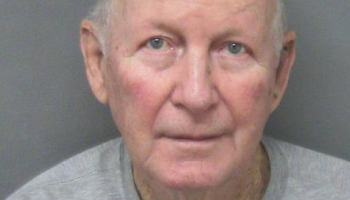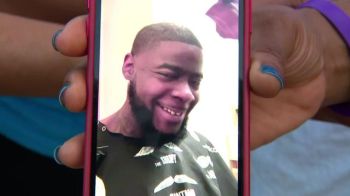According to the CDC:
“Blacks have the most severe burden of HIV of all racial/ethnic groups in the United States. Compared with other races, African Americans account for a higher proportion of new HIV infections, those living with HIV, and those ever diagnosed with AIDS.”
Here are some other sobering facts:
- The rate of new HIV infection in African Americans is 8 times that of whites based on population size.
- Gay and bisexual men account for most new infections among African Americans; young gay and bisexual men aged 13 to 24 are the most affected of this group.
June 27, 2014 is National HIV Testing Day. What is it? It’s a reminder that when you know your HIV status, you can take care of yourself and your loved ones. In fact, this year marks the 20th annual National HIV Testing Day.
Get tested. There are no excuses.
Blacks & HIV: Why Is It Only Getting Worse?
According to the CDC, blacks face a number of challenges that contribute to higher rates of HIV infection.
1. Sex partners. Blacks are the group most affected by HIV, and at the same time, they tend to have sex with partners of the same race/ethnicity. This means that, statistically, they face a greater risk of HIV infection.
2. STIs. Blacks also continue to be exposed to more sexually transmitted infections (STIs). STIs greatly increase the chances of getting or transmitting HIV.
3. Lack of awareness of HIV status. Almost 85,000 HIV-infected people in the black community in 2010 were unaware of their HIV status. This translates to a lack of early medical care and a greater likelihood of transmitting HIV to others.
4. Socioeconomic issues. Limited access to high-quality health care, housing, and HIV prevention education have been proven to increase the risk for HIV infection.
5. Stigma, fear, discrimination, homophobia, and negative perceptions about HIV testing. Many are actually more afraid of how they will be viewed by others than an HIV infection itself. As a result, many choose to not be tested.
How To Protect Yourself
Get tested for HIV. To find a testing site near you, call 1-800-CDC-INFO (232-4636), visit hivtest.cdc.gov, or text your ZIP code to KNOW IT (566948). You can also use a home testing kit.
Either abstain or agree to be in a monogamous relationship. If you have sex, regardless of your relationship, it’s still important that you and your partner get tested for HIV every year, and share your test results with one another before you make the decision to have sex. If you aren’t in a monogamous relationship, try to limit your sex partners. The fewer partners, the lower your infection risks.
Use condoms correctly every time you have sex.
Have safer sex. Anal and vaginal sex are the highest-risk sexual activities for HIV transmission. Oral sex carries much less risk.
Get tested and treated for STIs immediately. Having an STI increases the risk of getting or spreading HIV. Also, make sure that any partners you have are tested and treated as well before continuing to have sex with them.
If you regularly have sex without condoms…Talk to your doctor about HIV medicine to prevent HIV infection (known as pre-exposure prophylaxis, or PrEP) if you routinely have sex without a condom with someone who may be HIV-positive.
If you have sex without a condom with someone who is or may be HIV-positive…See a doctor immediately within three days. Starting medicine immediately (known as post-exposure prophylaxis, or PEP) and taking it for about a month reduces the chance of getting HIV.
Do not share needles. Drug equipment that involves injections should never be shared.
Start and stay on your treatment. If you are HIV-positive, start treatment as soon as possible with antiretroviral therapy (ART), and stay on treatment. Why? Treatment controls the virus in your body to improve your health and prevent you from spreading HIV to others.
















